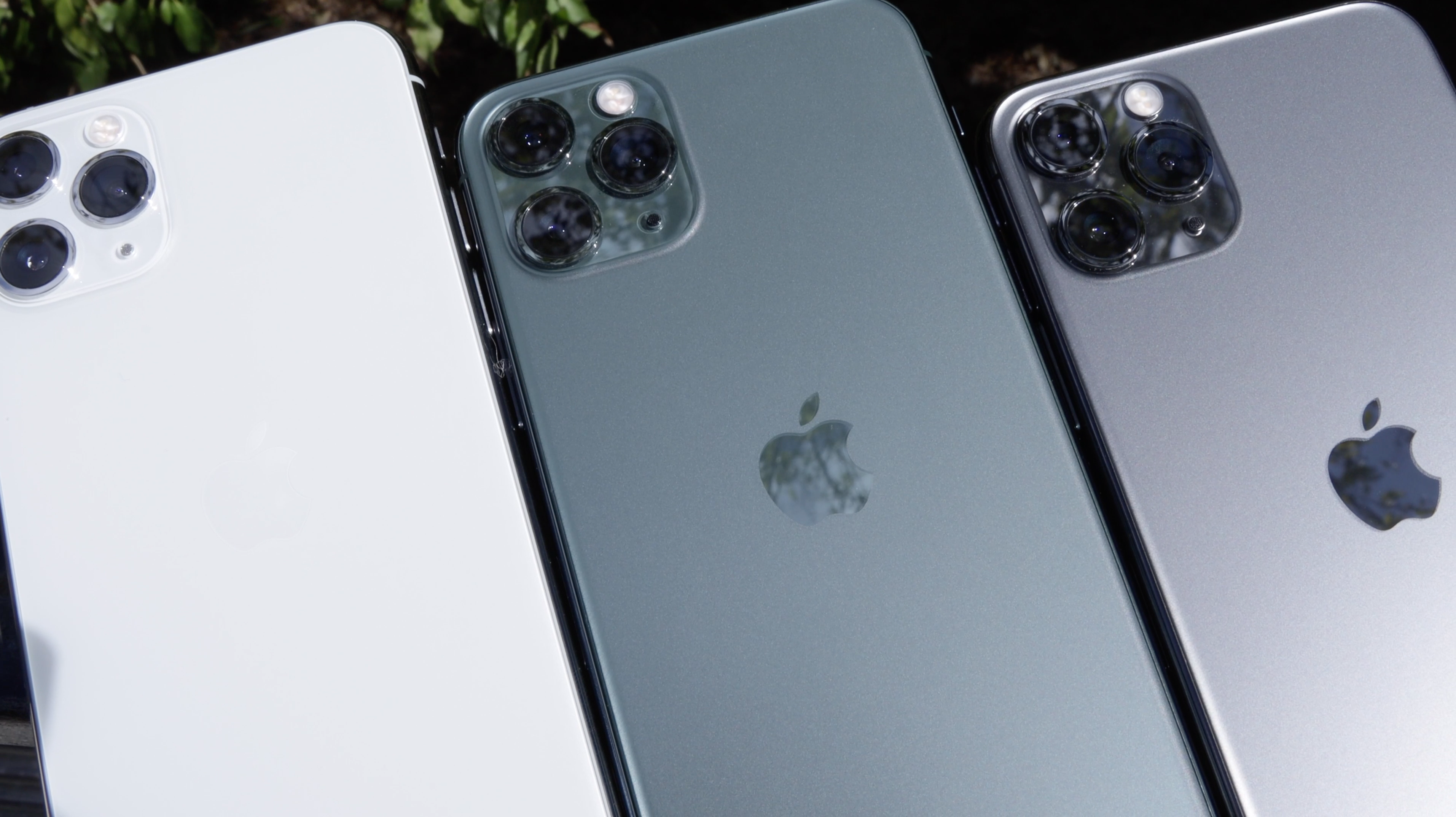The Quiet Revolution of Digital Empathy
Published on August 31, 2024
The Quiet Revolution of Digital Empathy

In an era where screens often serve as barriers to genuine connection, a surprising trend is emerging among today's youth: the rise of digital empathy. This phenomenon is reshaping how teens communicate, support each other, and navigate the complex landscape of adolescence.
Digital empathy goes beyond simple emoji reactions or likes. It's about actively listening, understanding, and responding to others' emotions through digital channels. Whether it's through carefully crafted text messages, thoughtful comments on social media posts, or supportive DMs, teens are finding innovative ways to show they care.
The Power of Virtual Presence
One of the most striking aspects of digital empathy is the concept of "virtual presence." This isn't about being constantly online, but rather about being emotionally available and responsive when friends need support. A well-timed message or a shared meme can provide comfort and connection, bridging physical distances and time zones.
Breaking Down Barriers
Digital platforms are allowing teens to connect with peers from diverse backgrounds, fostering a broader understanding of different perspectives and experiences. This exposure is naturally cultivating empathy and cultural sensitivity, preparing them for an increasingly interconnected world.
The Role of AI in Nurturing Empathy
Interestingly, AI-powered tools are playing a role in this empathy revolution. From language models that help craft more considerate messages to apps that provide mood tracking and emotional support, technology is becoming an ally in fostering human connection.
Challenges and Opportunities
Of course, digital empathy isn't without its challenges. The absence of face-to-face cues can sometimes lead to misunderstandings, and there's always the risk of digital burnout. However, many teens are developing sophisticated emotional intelligence skills to navigate these digital waters.
As parents and educators, we can support this positive trend by:
- Modeling digital empathy in our own online interactions
- Encouraging open conversations about online experiences
- Helping teens set healthy boundaries for digital communication
- Recognizing and praising acts of digital kindness
The quiet revolution of digital empathy offers hope for more compassionate and connected future generations. By embracing and guiding this trend, we can help create a digital world that enhances rather than detracts from our humanity.
For families looking to further explore and nurture empathy in their relationships, tools like Thinker can provide valuable support and guidance in navigating both digital and in-person interactions.


